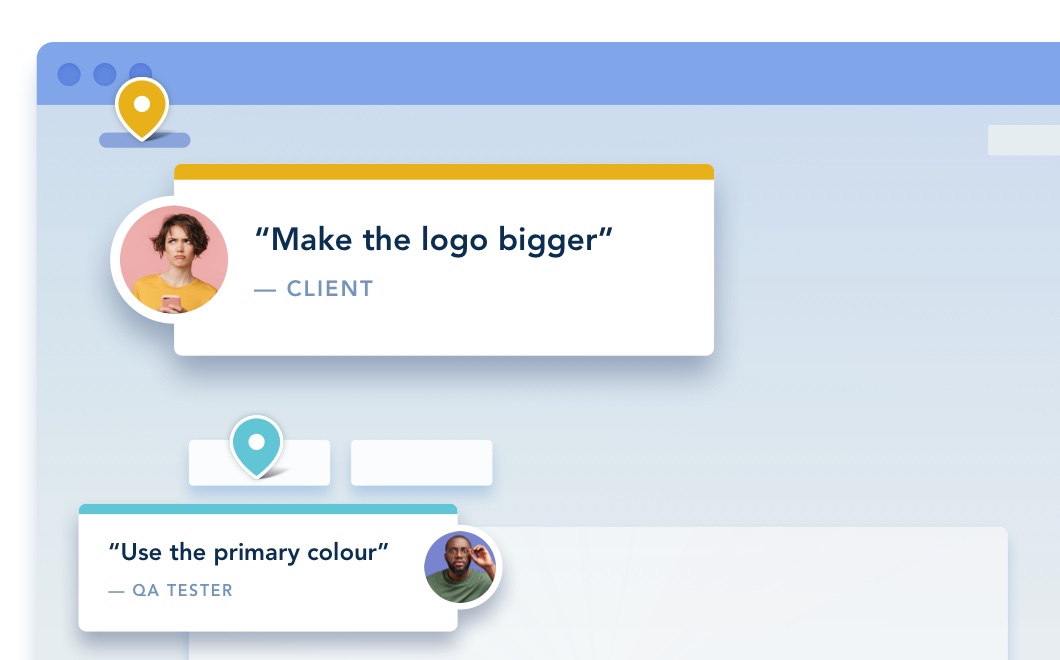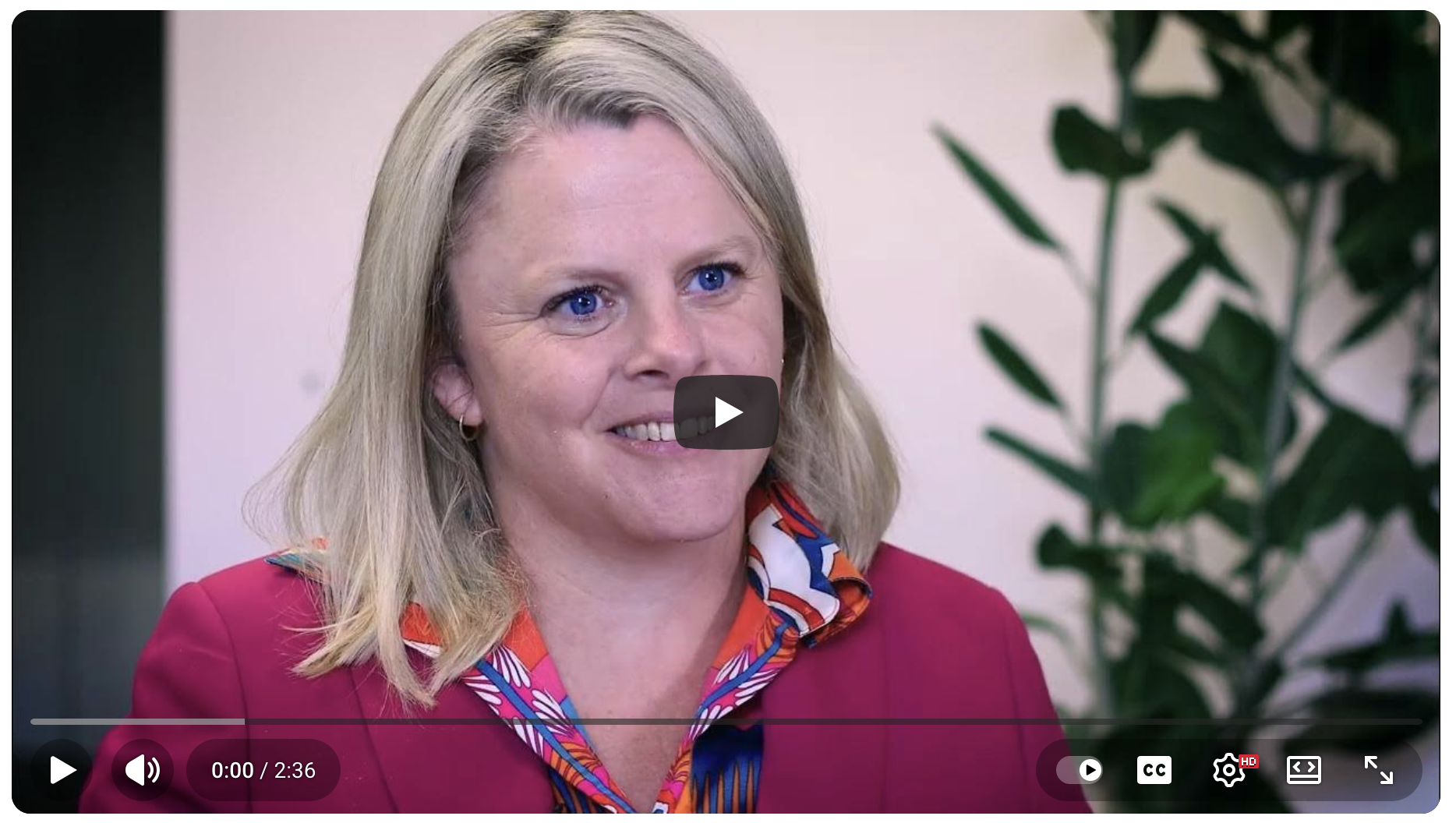AWIA Member Case Study: Pixelstorm’s Website Feedback Transformation

If you’ve ever shipped a website, you know that the ‘feedback phase’ can be slow, tedious, and frustrating for both you and your clients.
Vague feedback with zero context. Emails back and forth that you lose track of. Screenshots in spreadsheets or Word. Meanwhile, the budget is getting squeezed and the delivery deadline is looming.
The Pixelstorm team decided they had had enough of the website feedback craziness and they turned the feedback stage of their projects into a competitive advantage. And they did it without hiring more people or needing their clients to learn a complicated new system.
This is the story (and the playbook) of how Pixelstorm took control of their website feedback process, reclaimed hours, protected margin, and increased customer satisfaction.
Meet Pixelstorm
Founded in 2004, Melbourne-based creative digital agency, Pixelstorm, specializes in delivering high-performing digital assets for a range of clients, including government bodies, manufacturers, non-profits and fast-growing businesses who need their digital assets to work hard and look sharp. They are a long-standing AWIA member and 2025 AWIA award nominee.
The agency started off with web design and web development services, and then evolved into website support and managed services, digital marketing strategies like SEO services, Google ads management, and CRO (conversion rate optimization).
Founder and Director Daniel Florido, together with Digital Strategist Paula Glynn, lead Pixelstorm’s team of coders, designers, Google-certified marketers, and strategists; all focused on delivering real, meaningful results for clients and making their experience smooth.
The Feedback Problem
Collecting website feedback from clients was a nightmare! As the scope of projects and the stakeholders multiplied, so did the feedback channels:
Clients took screenshots, pasted them into Word or a spreadsheet, and emailed long descriptions.
Project managers tried to triage vague comments.
Developers spent hours trying to reproduce issues with zero context (no info on browser, device, or even the exact section of the page where an issue was occurring).
The result … countless hours were lost going through emails and screenshots, and there was constant back and forth with clients who didn’t enjoy the feedback stage of the website project as it was slow and time consuming.
Patience wore thin, projects ran over time and over budget, and customer satisfaction was low.
Pixelstorm needed a better way and a website feedback system that clients would happily use and that the dev team would actually trust.
The Turning Point for Pixelstorm
“We wanted to position ourselves as a more professional organisation. Solving feedback friction was step one.”
— Daniel Florido, Founder & Director, Pixelstorm
Pixelstorm started using BugHerd in 2021 and have never looked back. BugHerd is a website feedback tool that lets your clients point, click, and comment right on a web page, and web dev teams to easily manage and action that feedback.
For Pixelstorm, it wasn’t an add-on. It became a standard part of every web project - from internal QA to client collaboration.
Here’s what changed for them:
Reduced project timelines: BugHerd has helped Pixelstorm cut down the feedback phase by up to 80%, enabling faster project delivery.
Streamlined internal workflows: Pixelstorm now uses BugHerd not only for client feedback but also for internal quality assurance.
Happier clients: Providing feedback on websites is much easier for clients. Projects run smoother, and lead to natural follow-on work (retainers, enhancements, new sites) and more referrals, because happy clients tell other teams.
“Introducing BugHerd is now my favourite part of every project - clients light up.”
— Paula Glynn, Digital Strategist, Pixelstorm

Pixelstorm’s Five-Phase Feedback Blueprint
Don’t just add a tool; install a better workflow.
When you have an inefficient feedback loop, it’s usually not a tooling problem; it’s a process gap. Pixelstorm solved this by giving clients a single, simple way to leave in-context comments and backing it with a daily operating rhythm. The goal was fewer emails, faster fixes, clearer ownership, and projects than ran smoothly.
This is Pixelstorm’s website feedback process:
Phase 1 Kick-off
Introduce BugHerd during discovery. Agree on how feedback will be given.
Phase 2 Educate
Email a three-step guide and a 90-second Loom to stakeholders.
Phase 3 Triage
The PM checks the BugHerd board daily, tags priority, and assigns owners.
Colour labels are used for urgency/scope. Queues are ‘honest’.
Phase 4 Iterate
Developers resolve tasks; statuses are updated on the board.
“Ready for Review” tasks are piped into Slack so clients know when to look.
BugHerd integrates with popular tools such as ClickUp, Trello, Jira, Asana and many more, so it’s a good idea to connect to the tools you already use in order to maintain existing internal workflows.
Phase 5 Close-out
Export resolved tasks as a proof of value and drop them into the project wrap-up.
Once your project is finished you can even turn before/after screenshots into micro case-studies and sales assets.
Following this cadence will help you turn the feedback stage of your web project into a competitive advantage; cutting revisions, speeding approvals, and keeping everyone aligned.
Make your Feedback Process ‘Client-Friendly’ (not just ‘dev-friendly)
A lot of website feedback tools are built for developers first. BugHerd is for web designers, web devs and for clients. That’s important because most of the friction during the feedback process involves those stakeholders. When a client can literally point to the exact spot on a web page and leave a note, there’s no need for further clarification or back and forth emails trying to describe what’s being referred to. The intent is obvious because the comment is anchored to the element itself.
From an agency perspective, every piece of feedback arrives with context that developers can use immediately: the exact location, the page URL, the device details, and more. That means less back and forth, and more time fixing what actually needs fixing. Project managers benefit too because instead of chasing updates across inboxes and chat threads, they have a clear board with priorities, assignees, and statuses, so the work keeps moving.
For stakeholders, this transparency changes the tone of a project. They can see what’s been logged, what’s in progress, and what’s done; so they feel in control rather than in the dark. That combination of clarity and ownership is exactly why Pixelstorm saw happier clients, smoother approvals, and more repeat work.
Profitability, Repeat Business & Referrals
Pixelstorm didn’t just fix a feedback workflow. They built a reputation for calm, collaborative web projects that ship on time and look better because feedback is clearer. That reputation shows up in margins, in retention, and in referrals.
“If you’re not using BugHerd for website feedback, you’re throwing time and money down the drain.”
— Paula Glynn, Digital Strategist, Pixelstorm
Profitability improves when your team spends less time deciphering vague comments and more time doing the work. Client retention improves because the process feels professional and predictable. Project outcomes improve because feedback is precise and fast, and final approvals come with fewer surprises.
That’s the Pixelstorm pattern. It’s not magic - it’s method.



